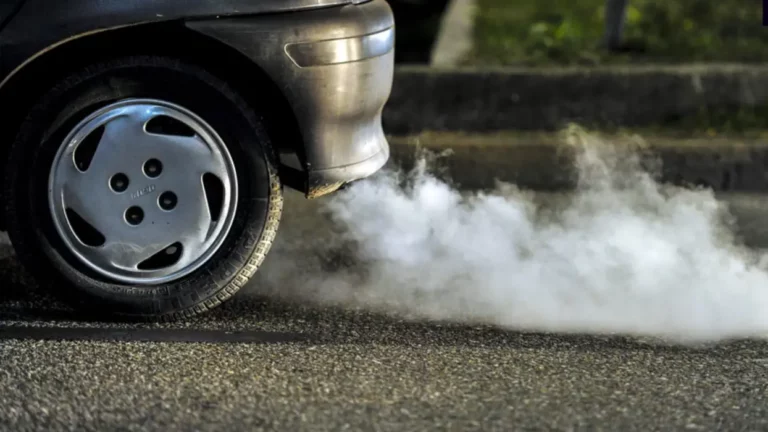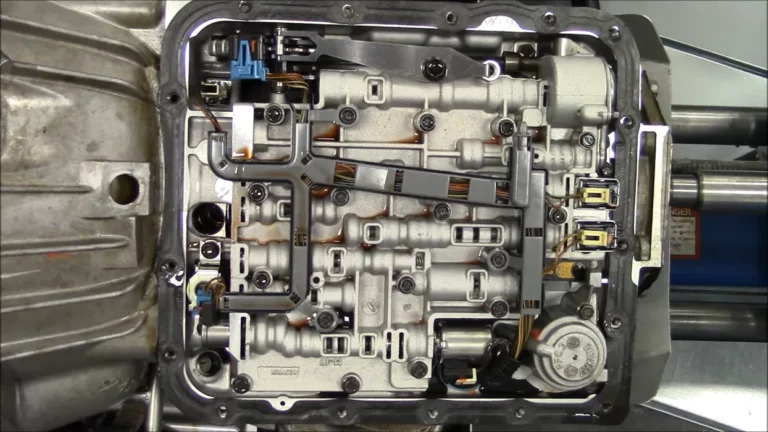What Does Per Axle Mean? Definition, Types & Ratings Explained
You may have encountered the term “per axle” while discussing vehicles or reading specifications and wondered what it meant. Understanding “per axle” is critical for any vehicle owner or enthusiast because it determines vehicle performance, load capacity, and overall stability.
“Per axle” refers to the measurements or values assigned to individual axles within a vehicle configuration. For example, when discussing weight limits, a “per axle” restriction indicates the maximum weight allowed on each individual axle of a vehicle.
This article will explore the meaning and implications of “per axle” in automotive contexts, shedding light on weight ratings, tire and brake systems, maintenance, and more.
What Is An Axle?
An axle is a critical component of a vehicle’s mechanical structure, playing an important role in the drivetrain and suspension system. A central shaft connects and supports the wheels on either end. Axles transmit power from the engine to the wheels while providing stability and absorbing shocks.
Vehicles typically have multiple axles, each supporting one or more wheels. The vehicle’s design and intended purpose determine the number of axles on it. Smaller vehicles, such as motorcycles and cars, typically have a single-axle setup, whereas larger vehicles, such as trucks and buses, have multiple axles to accommodate heavier loads.
The axle count directly affects a vehicle’s performance, load capacity, and stability. More axles generally result in higher load-carrying capability and improved weight distribution. Connecting the wheels on either side helps to maintain proper alignment and prevent excessive sway during turns or changes in direction.
Here is a video explaining more about axles.
There are several types of axles commonly used in vehicles. They include:
- Front Axle: The front axle is primarily found in vehicles with front or all-wheel drive configurations. It connects the front wheels to the rest of the drivetrain and allows them to rotate.
- Rear Axle: The rear axle connects the rear wheels to the rest of the drivetrain and is responsible for transmitting power to the wheels.
- Stub Axle: Stub axles are commonly used in vehicle front wheels. They link the wheels and the vehicle chassis with kingpins to secure the wheels.
What Does Per Axle Mean?
The phrase “per axle” is very important in automotive terminology. It is used to specify measurements or values for individual axles instead of values that apply to the entire vehicle.
This “per axle” concept allows manufacturers, regulators, and engineers to define and communicate axle-specific specifications. It includes weight restrictions, load capacity, braking capacity, or any other characteristic or measurement relevant to the performance or regulation of each axle.
Weight Ratings “Per Axle”
Weight ratings per axle are an important aspect of automotive engineering and safety. These ratings determine the maximum weight that a specific axle can safely carry. For example, if a truck has a weight limit of 5,000 pounds per axle, it means that no individual axle on the truck should carry a load that exceeds 5,000 pounds.
Manufacturers ensure that the structural integrity of the axle is not compromised and that the vehicle remains stable and secure during operation by establishing weight limits per axle.
The weight ratings per axle are determined by several factors, including
- The axle’s design
- Material strength
- Suspension system
- Overall vehicle configuration
Vehicle owners and operators must adhere to these weight ratings to prevent overloading. Otherwise, this can lead to severe consequences such as axle failure, reduced traction and braking efficiency, and compromised handling.
Brake Pads Per Axle
When brake systems are described as “per axle,” the specified measurement or capacity applies independently to each vehicle axle. This allows for consistent and balanced braking force distribution between the wheels on both vehicle sides. Thus, this promotes stability and control during braking maneuvers.
Brake pads per axle, however, refers to the number of brake pads on each. In a typical passenger car with a “per axle” brake system, each axle may have a pair of brake rotors and calipers.
Heavy-duty commercial vehicles, such as trucks or buses, frequently have more complex “per axle” brake systems. They may use multiple brake components per wheel, such as brake drums, shoes, and actuators.
Cost Per Axle
The term “cost per axle” refers to the monetary measurement associated with the maintenance, repair, or replacement of components or systems per individual axle on a vehicle. This must be considered when evaluating overall expenses and budgeting for vehicle ownership or fleet management.
However, several factors are considered when calculating the cost per axle, including;
- The type of vehicle
- Usage patterns
- Component quality and lifespan
- Labor costs
- Local market conditions
Analyzing and comparing costs across different vehicles or fleet operations is easier when expenses are broken down on a per-axle basis.
For instance, in the context of brake systems, the cost per axle may include the price of brake pads, rotors, calipers, and associated hardware for each axle.
Maintenance and Inspection Per Axle

Proper maintenance and inspection on a per-axle basis are critical for ensuring a vehicle’s longevity and safety.
- Regular inspection of each axle allows for detecting signs of wear and tear and proper lubrication.
- Vehicle owners can detect potential problems early by performing visual inspections and looking for abnormalities such as excessive play or leakage.
- Maintenance tasks such as lubricating axle components, replacing worn-out bearings, and adjusting suspension settings should be performed on an axle-by-axle basis.
- Likewise, following the manufacturer’s recommended maintenance schedule and guidelines is critical for maximizing axle lifespan and maintaining optimal vehicle performance.
Conclusion
Understanding the concept of “per axle” is critical for vehicle owners and enthusiasts who want to maintain optimal performance, weight capacity, and safety. Using “per axle” terminology allows for precise specifications and guidelines that apply to individual axles, ranging from weight ratings to tire and brake systems.
Furthermore, performing maintenance and inspections on an axle-by-axle basis allows for early detection of issues such as wear, misalignment, or lubrication. By addressing these concerns as soon as possible, vehicle owners can avoid safety hazards, ensure optimal performance, and extend the life of their vehicles.




